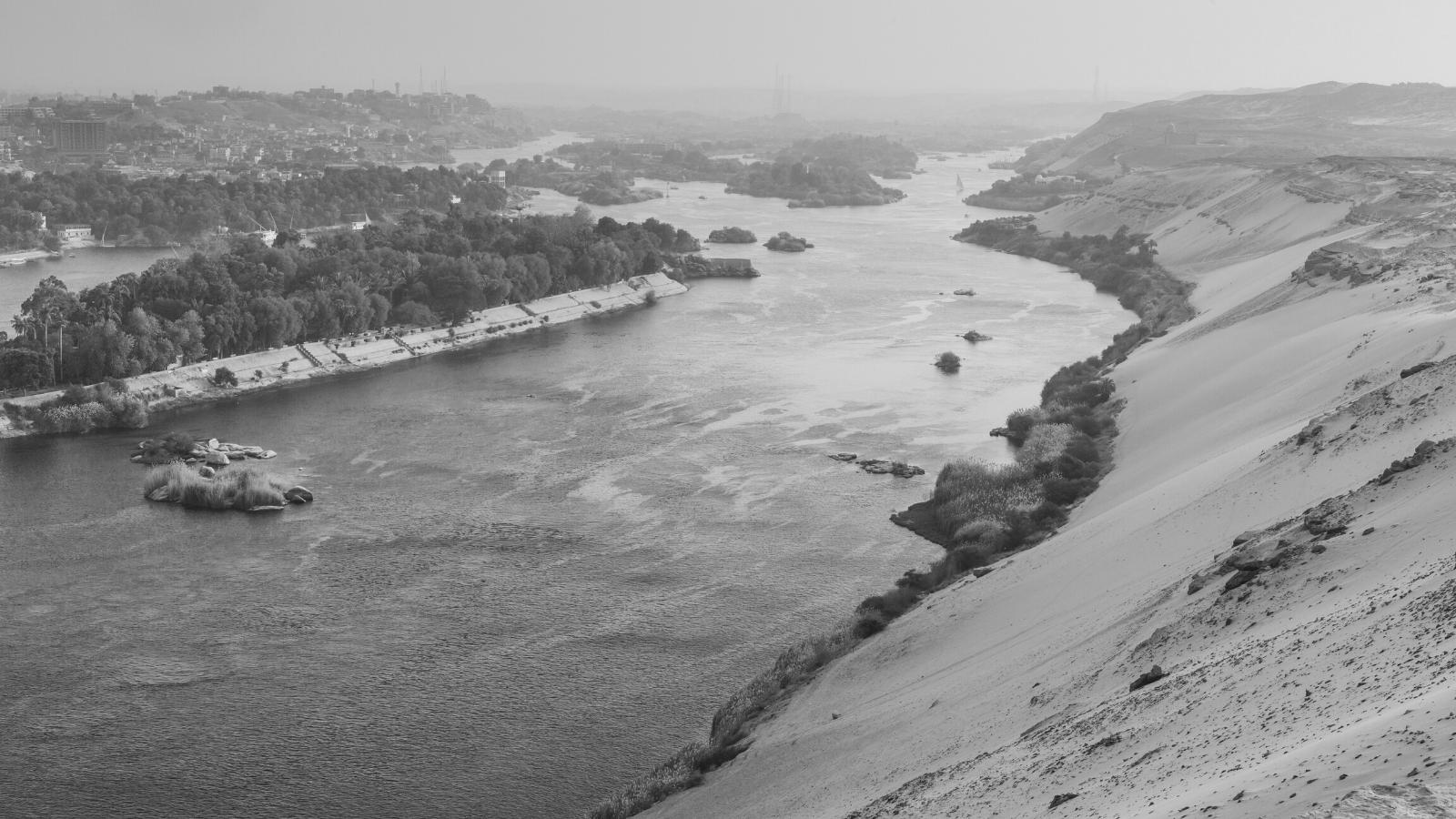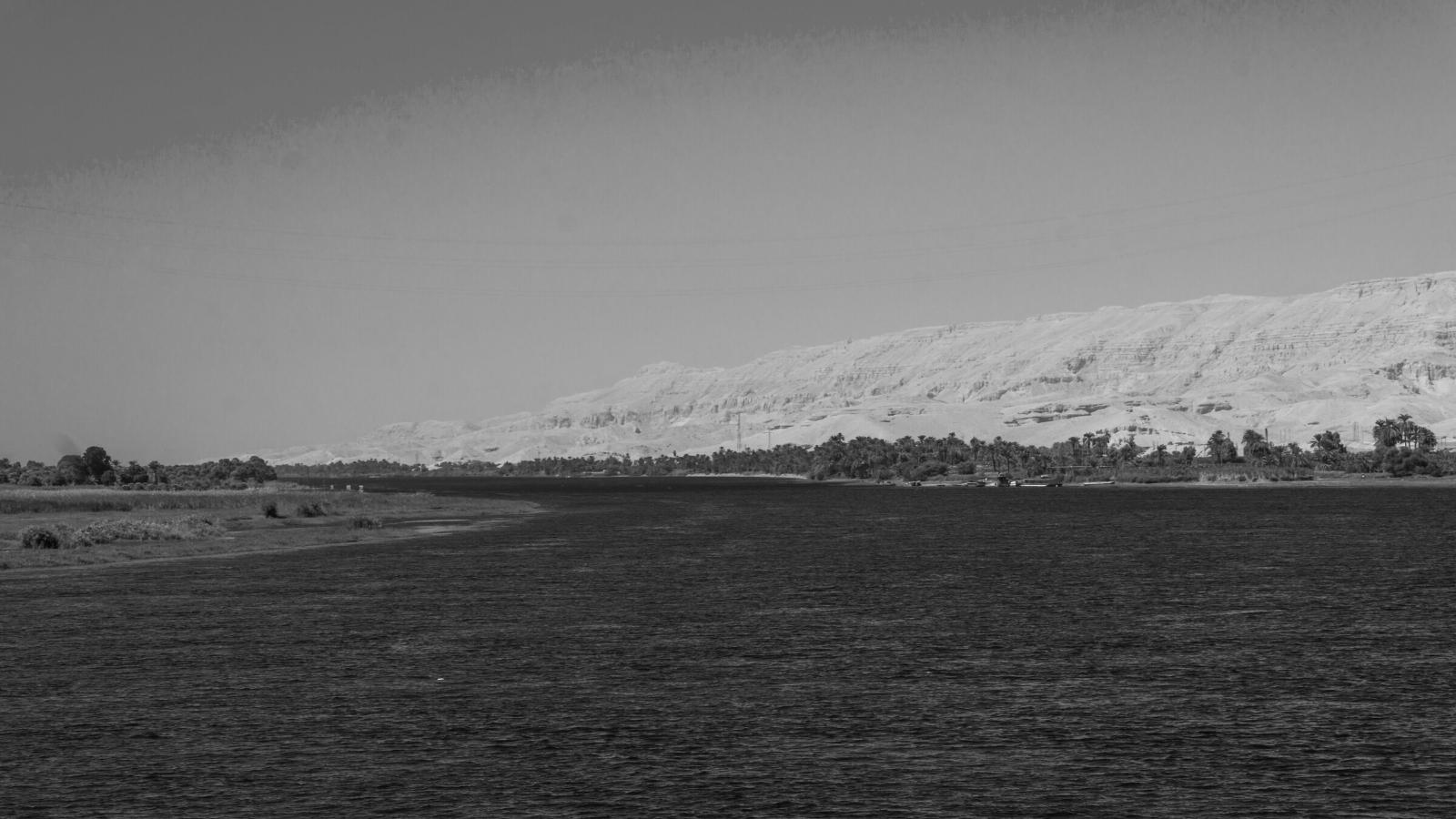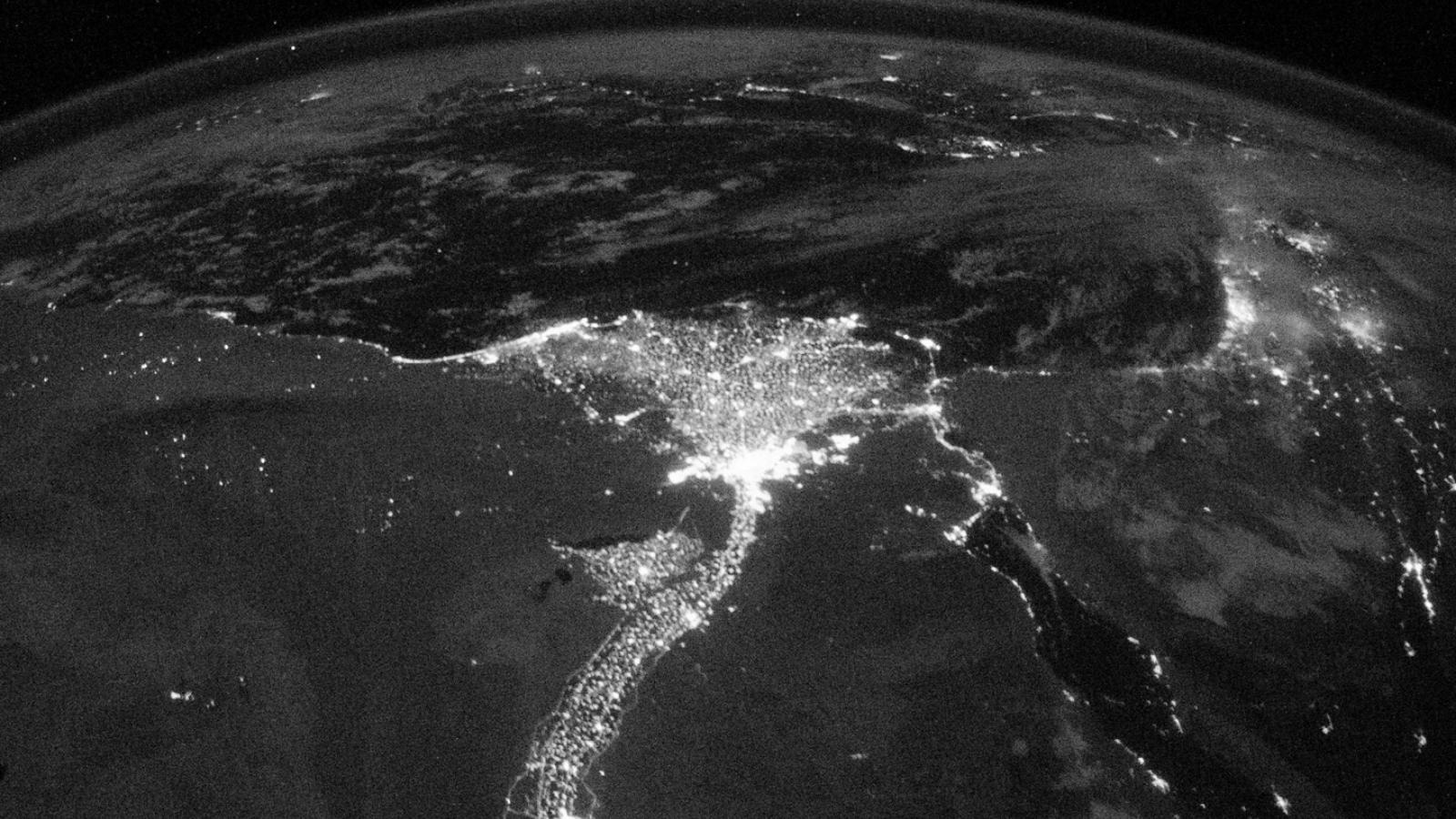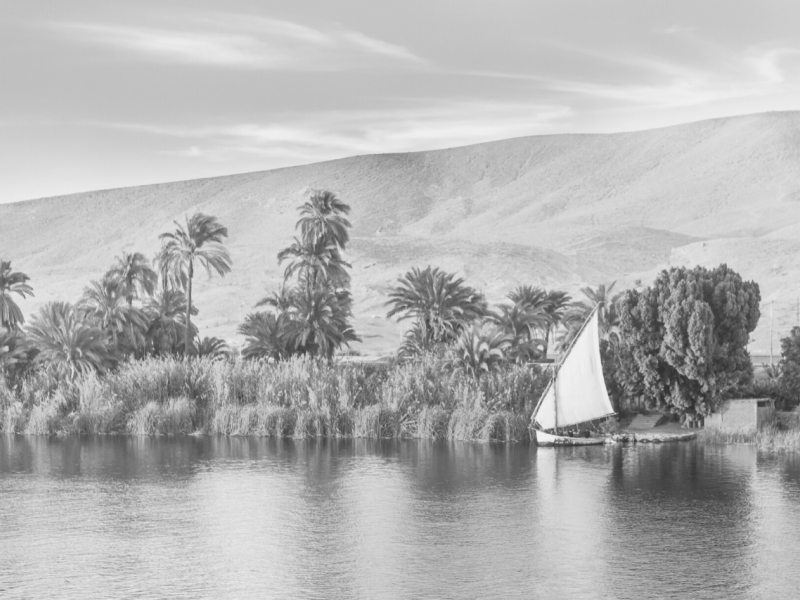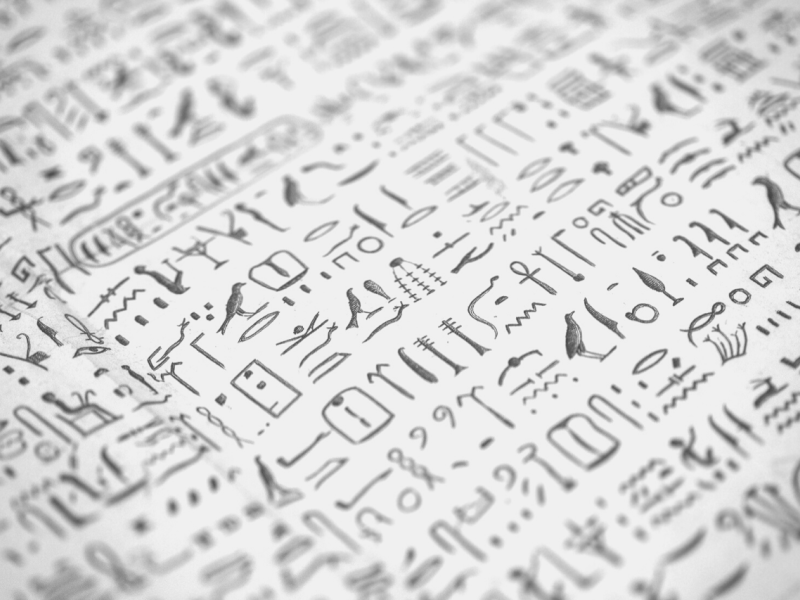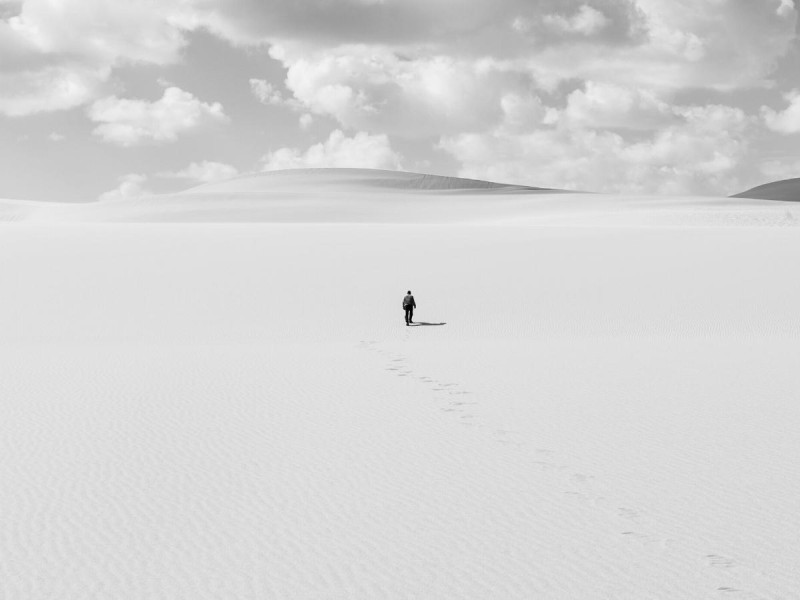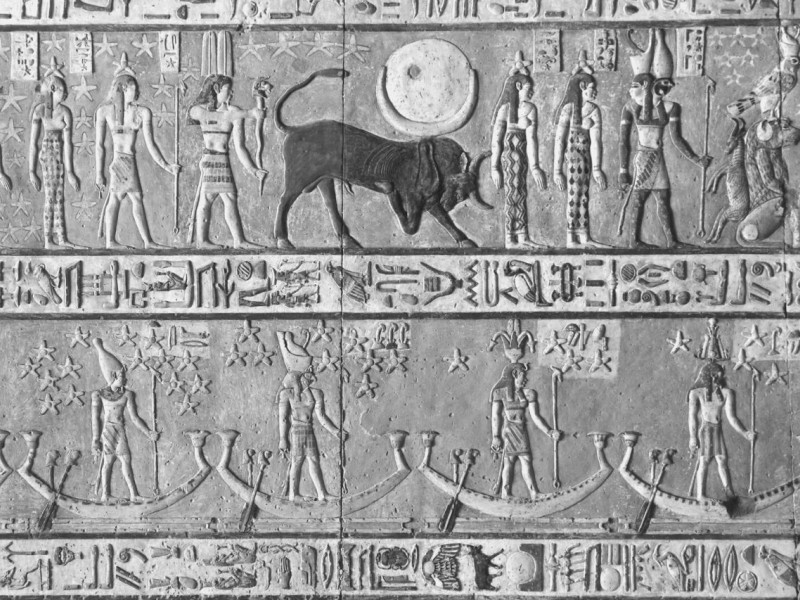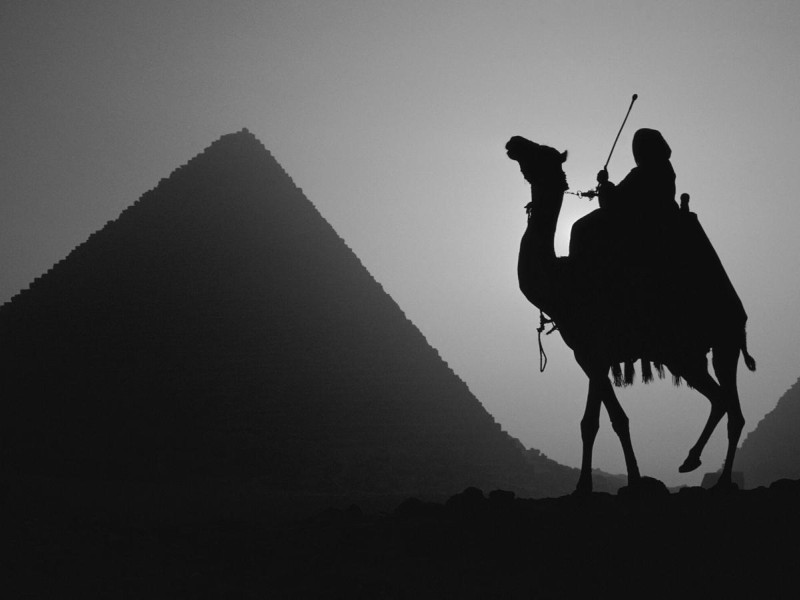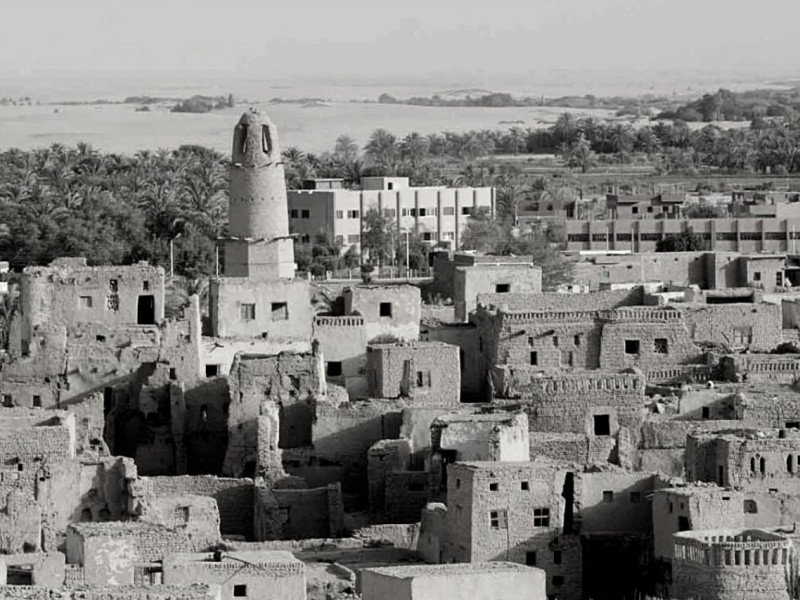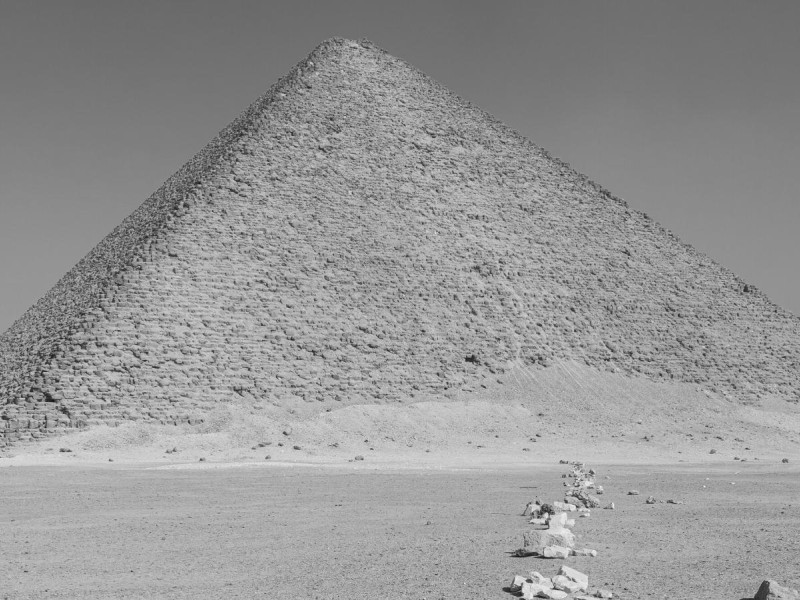How Did the Nile Shape Ancient Egypt? A Story of Innovation
How did the Nile shape ancient Egypt into the glorious kingdom that we read about today?
Egypt, once a complete desert, rose to power and civilization through the gift of the Gods: the River Nile. Read ahead about the flooding river that surprisingly didn’t cause destruction, but rather turned scattered settlements into a strong kingdom.
How Did the Nile River Shape Ancient Egypt?
Ancient Egypt, a civilization found in North Africa, contained part of the Sahara desert and the Libyan desert. A desert with burning sand, the least reservoir of water and no source of food. These conditions would be unlivable for any human being. Yet, this desert became one of the most important and populated civilizations this world has ever seen.
The reason for this remarkable achievement is the river Nile.
But how did the Nile river affect ancient Egypt?
To understand the importance of the Nile river to ancient Egypt, we first have to present the characteristics of this river in all its magnificence.
The River Nile
The river Nile is the longest freshwater river in the world. Its length is estimated at a whopping 4,130 miles (6,650 kilometers). It is believed that the river Nile came into existence approximately 30 million years ago. Since human life came into being, people have settled along its banks to take advantage of its fresh water and its gifts.
Among those people were the ancient Egyptians. They were highly religious people and believed in more than 100 gods. These gods — much like those you might remember from Greek mythology — held different attributes.
The ancient Egyptians frequently resorted to their gods for help and prosperity. On a lucky day, a group of people, worn and torn by the desert, asked their gods for a miracle. All of a sudden, they came across a river.
The river was the Nile. Probably in this way human settlements began across the river Nile. Groups after groups took up land near the river and started colonizing it. Among these colonies, a king arose who united the tribes into one kingdom that we know today as Egypt.
Settlements at the edge of the river boasted their close connection to the river. Little did they know that the river flooded annually.
The Flooding of the River Nile
The Egyptians were sincere believers. Their everyday life contained continuous sacrifices and prayers to their Gods. One of their many gods was Osiris. He was the god of the underworld. He was the husband and the brother of the god of healing, Isis. Due to sibling rivalry, their brother Set killed and dismembered Osiris.
Seeing this, Isis, his wife and sister, cried and mourned. Ancient Egyptians believed that the river Nile flooded whenever Isis cried or mourned the death of her brother and husband. So according to the ancient Egyptians, the river Nile was made up of Isis’s tears.
These floods were an annual phenomenon. The people living on the banks emptied their settlements and moved away from the river. However, these floods brought about agricultural evolution in the region.
The River Nile and Agriculture
The annual flooding caused the banks on the river to have the most fertile soil in the region. This was because of the deposition of new layers of silt. The ancient Egyptians took full advantage of the fertile land and started cultivating wheat, barley, flax, papyrus and other crops.
Wheat and barley were grown on an industrial level for food purposes, whereas flax was cultivated for making light clothing to tolerate the extreme weather of the desert. The ancient Egyptians used the stem of the papyrus plant to make sails for the boats and, of course, paper.
As the population grew, so did agriculture. The ancient Egyptians started cultivating lands away from the river thanks to an ingenious technique called basin irrigation. The farmers built channels that would direct the flood waters into deep basins. The water would sit in the basins for some time and eventually the patch of land would become perfect for the cultivation of crops.
The crops brought life to famine-stricken areas. This all was possible only because of the river Nile and its annual floods.
The River Nile and Food Security
As mentioned above, the river Nile brought about the agricultural revolution in ancient Egypt. The crops became the ultimate source of food and nutrition for the Egyptians. In addition to that, the River Nile was an enormous reservoir of fish. There were many different types of fish present in this freshwater river.
The Egyptians caught, ate and sold the fish for a living. This was of utmost importance because even if the crops took their time to grow, Egyptians could always rely on eating fish caught from the Nile. In this way, the river ensured food security and surplus for the ancient Egyptians.
The River Nile and Trade
Another important result of the agricultural revolution was the ever-increasing trade with the nearby lands. The figure of merchants became very common. Ancient Egyptians started their diplomatic relations in the region through trade and by providing the right of passage through the river Nile. The world started recognizing the Egyptians and their art of living.
The trade at that time developed broadly and the people started gaining profits off of their crops. This opened new horizons of success for the Egyptians. As the community was now sufficiently wealthy, they focused on building their empire.
Law and order, actual governments, community centers and other signs of civilization emerged rapidly. Once again, this was all because of the annual flooding of the amazing river Nile.
The River Nile and Architecture
The Nile was surrounded by sand dunes. The early settlers lived in tents and the first signs of four-walled rooms and roofs were seen much later in history. As the people lifted from poverty, they turned to better living conditions and, as a consequence, to a more complex architecture.
The ancient Egyptians built their homes, roads, religious and worshipping places, government buildings, palaces and much more with the water taken from the Nile. A lot of speculations are present that insist that even the pyramids were made thanks to the power of the water from the river. As we do not know how the pyramids were made, we probably will never be sure if the Nile had anything to do with it.
What we do know is that the Egyptians built special canal systems that directed the river’s water to the construction sites. This is the reason why until now there are many small streams radiating from the river Nile through Egypt.
The River Nile and Ancient Egyptian Religious Beliefs
The river Nile played the most important role in shaping the religious beliefs of the ancient Egyptians. All Egyptians were religious and believed in their own pagan gods. As you can imagine, the legends regarding the Nile abounded.
Some believed that the river was a gift to them from the god Hapi, the god of fertility. They believed that Hapi had blessed their lives in order for them to reproduce and prosper using the water from the river.
Another belief was that the River Nile was actually made of the tears of Isis and it flooded whenever she cried and mourned the death of Osiris. Osiris’s dismembered body was put together and that is how the concept of an afterlife was born. Based on this concept, the Egyptians started the process of mummification of their dead.
The River Nile and the Process of Mummification
In ancient Egyptian times, the process of mummification and the River Nile were closely connected. The river contained a natural salt called natron which was used to mummify the dead. This salt has extraordinary abilities and, when used to clean the body, it absorbed all the liquid from the body and saved the body from corrosion and decay.
The mummies were then stored and buried in their resting places. The mummies of important and wealthy Egyptians were buried with a boat. The boat was buried so that when the dead woke up in the afterlife and needed to travel, he would have a boat to sail in the Nile.
The river Nile became the Father of Life and the Mother of All Men. The relation of the River Nile and Egypt can be named as a symbiotic one.
Did Egypt benefit from the Nile river?
Yes, in many ways. It would not be wrong to say that if there was no River Nile there would have been no Egypt.
We can now answer the question:
How did the Nile River help ancient Egypt in developing an advanced civilization?
The presence of the river is crucial and will always stay of utmost importance to the existence of Egypt and its people.
Conclusion
So, how did the Nile river influence Egyptian civilization?
As you read before, it was the source of the agricultural revolution, provided food security, allowed trade, donated important salts for religious purposes and, possibly, also helped in developing the complex Egyptian architecture.
Let’s go through the characteristics of the Nile once again:
River Nile is the longest river in the world, with an estimated length of a whopping 4,130 miles.
It provided the ancient Egyptians with water, food, and the possibility of trade.
The water from the river was possibly used to make the pyramids.
Natron salt from the river was used for the process of mummification.
The ancient Egyptian civilization would probably not have existed if it wasn’t for the River Nile.
The Egypt that we see today is an ever-growing country in terms of technology, agriculture, and civilization. This all would not have been possible without the raging river Nile and the brave settlers of the ancient world.
References
https://courses.lumenlearning.com/atd-fscj-earlyhumanities/chapter/the-nile-and-egyptian-religion/
Hassan, H. A., & Rasheedy, A. A. (2007). The Nile River and Egyptian Foreign Policy Interests. African Sociological Review / Revue Africaine de Sociologie, 11(1), 25–37.
Garretson, A. H. (1960). THE NILE RIVER SYSTEM. Proceedings of the American Society of International Law at Its Annual Meeting (1921-1969), 54, 136–144.
